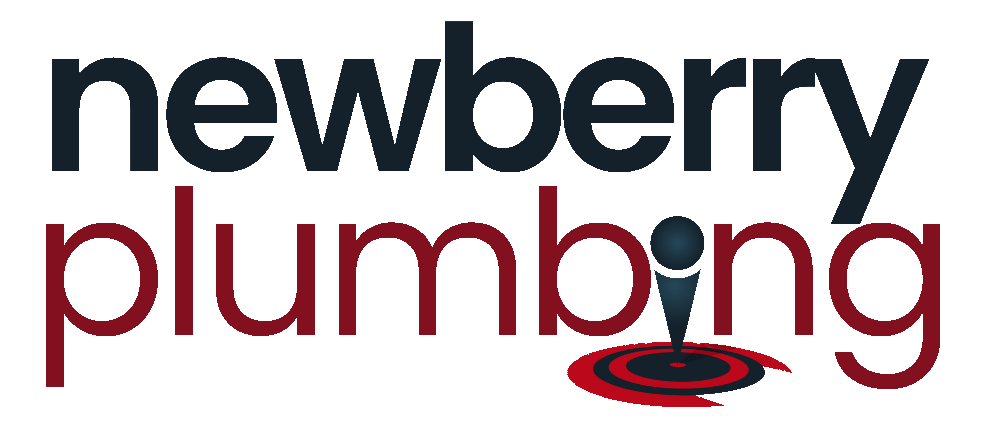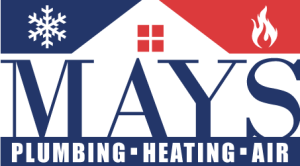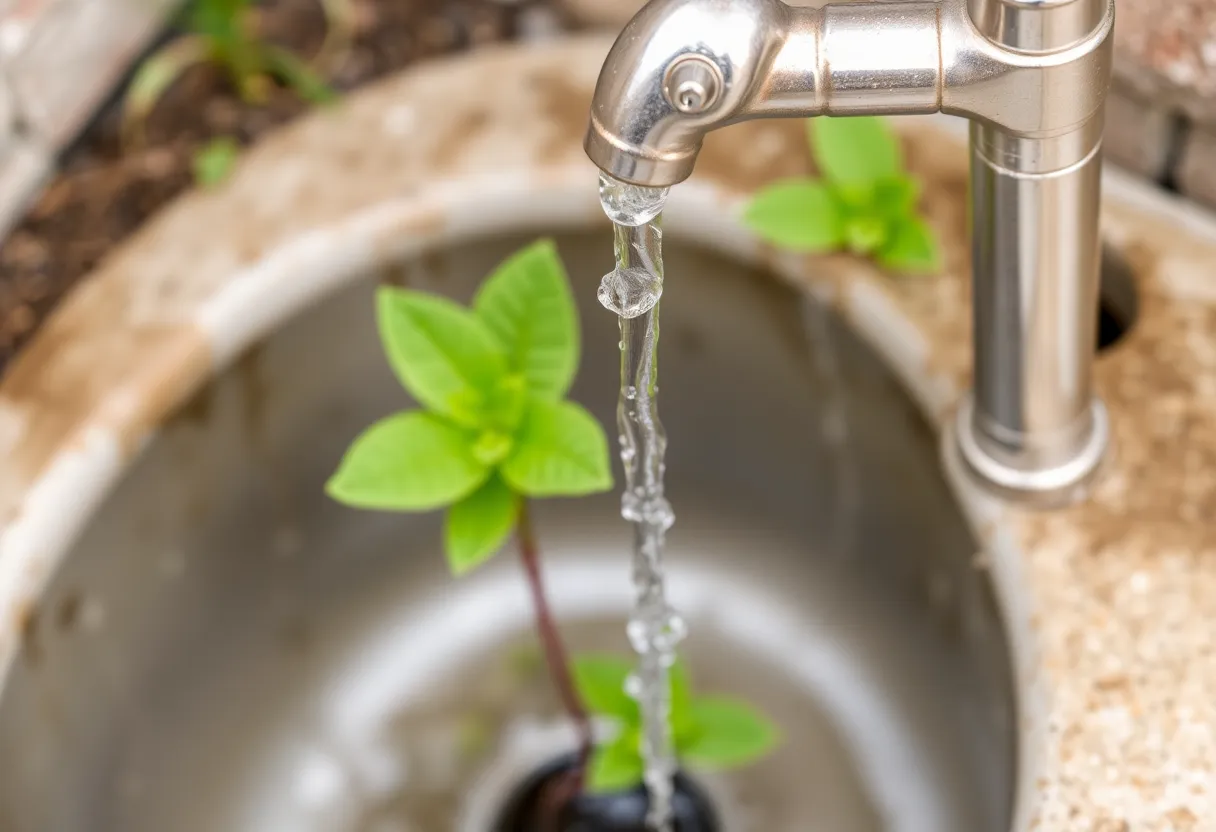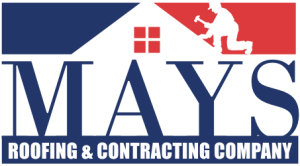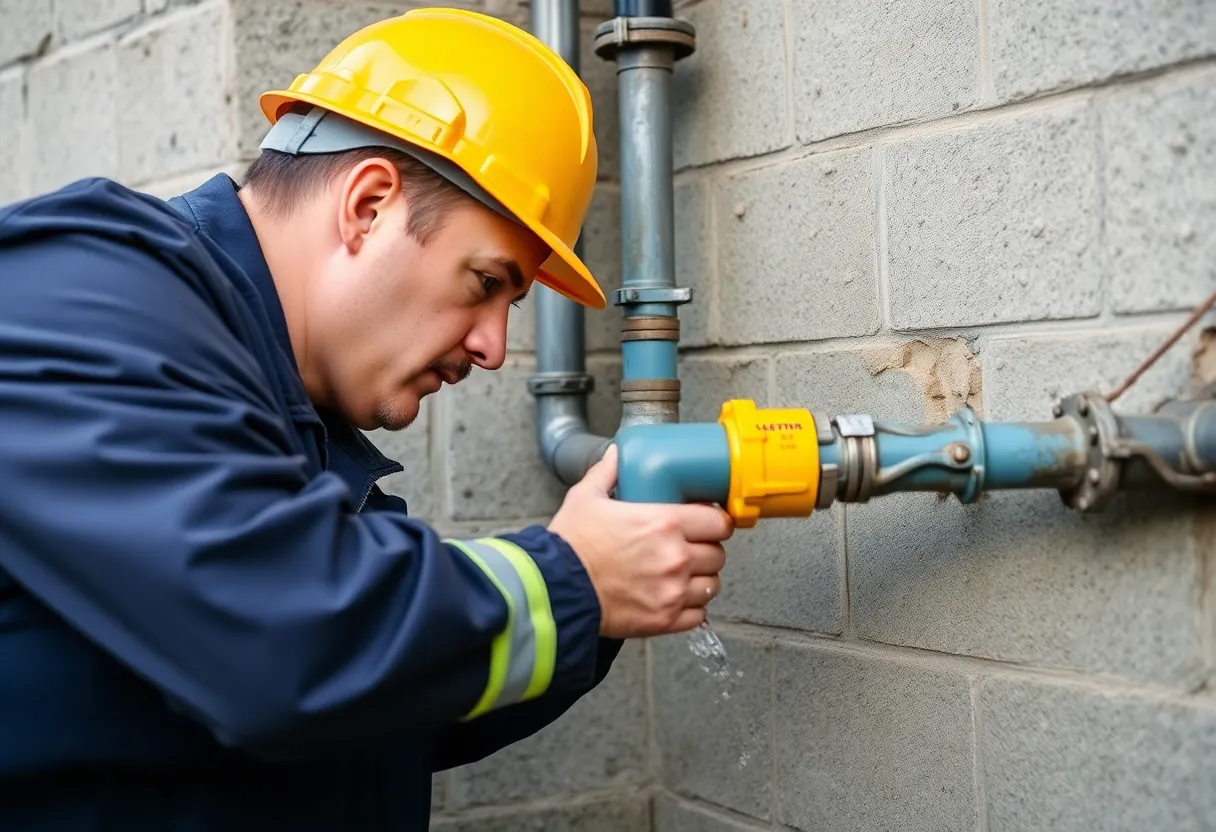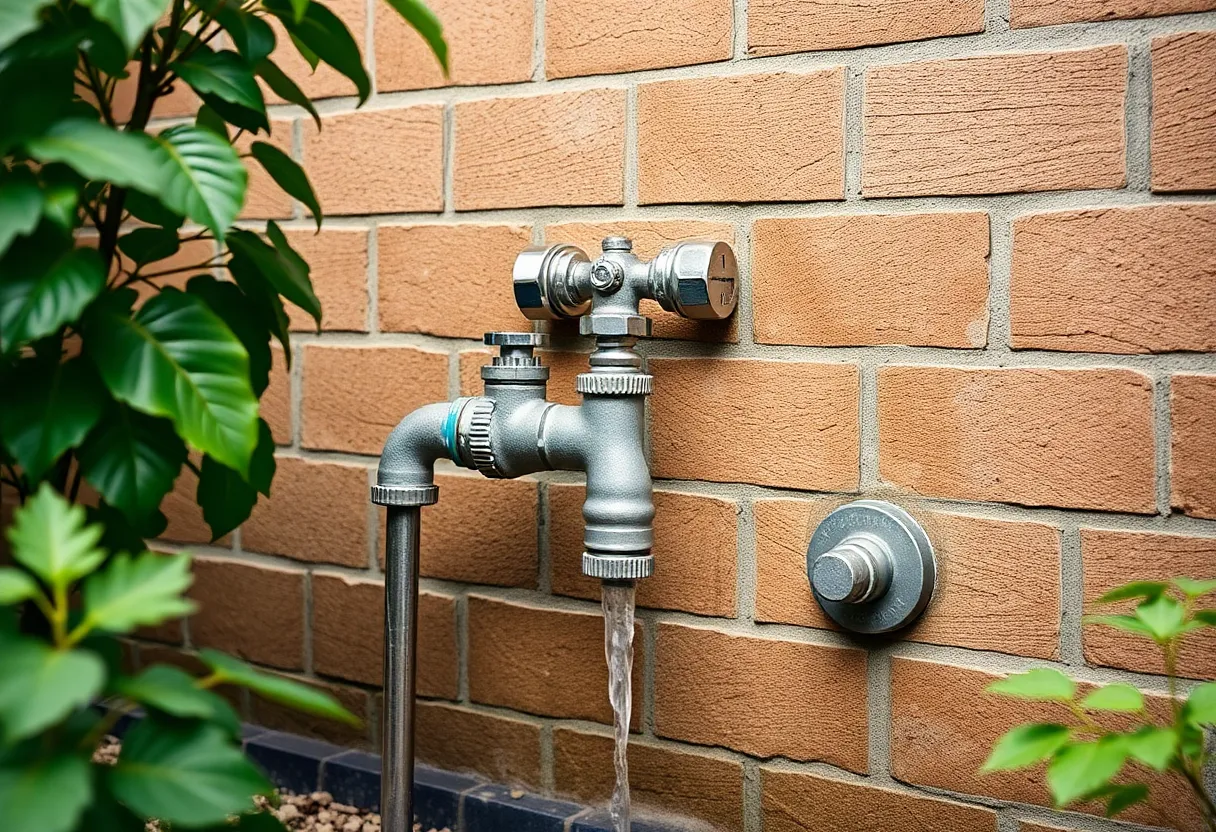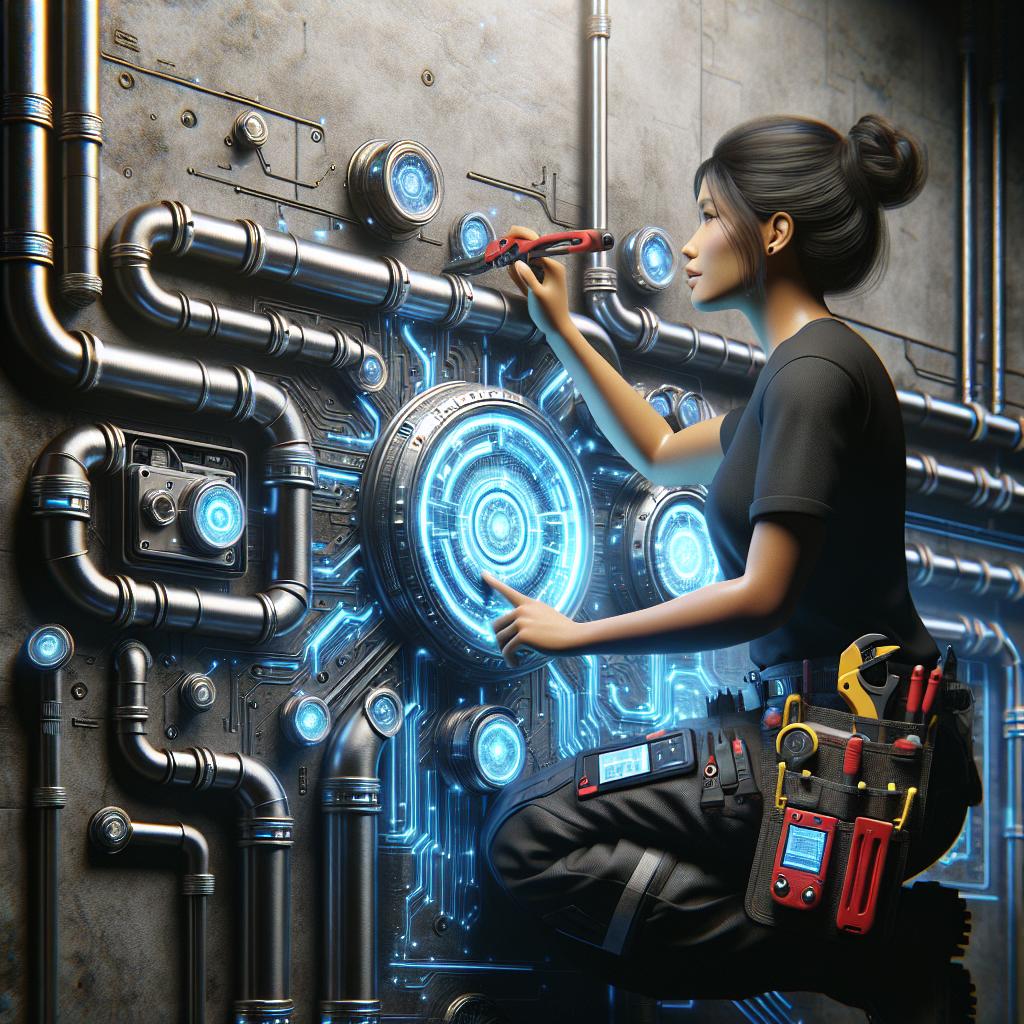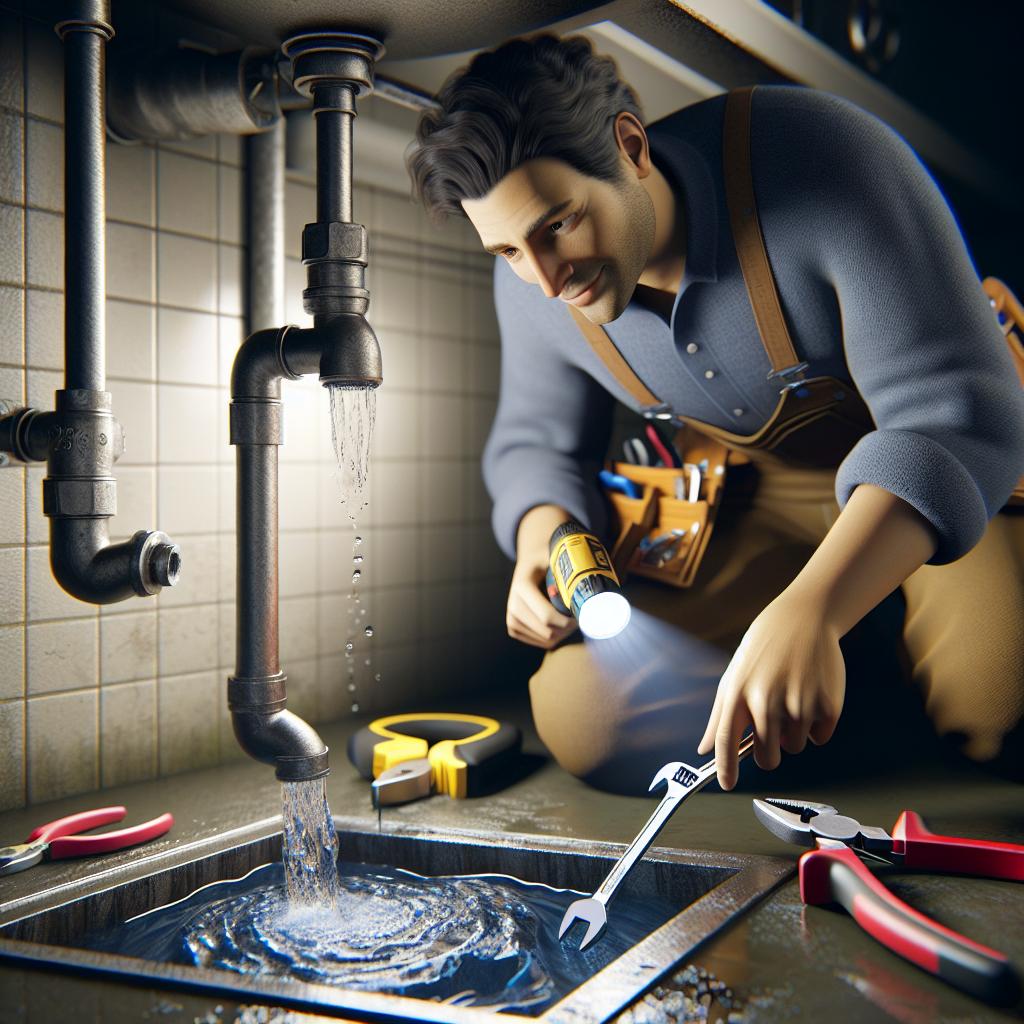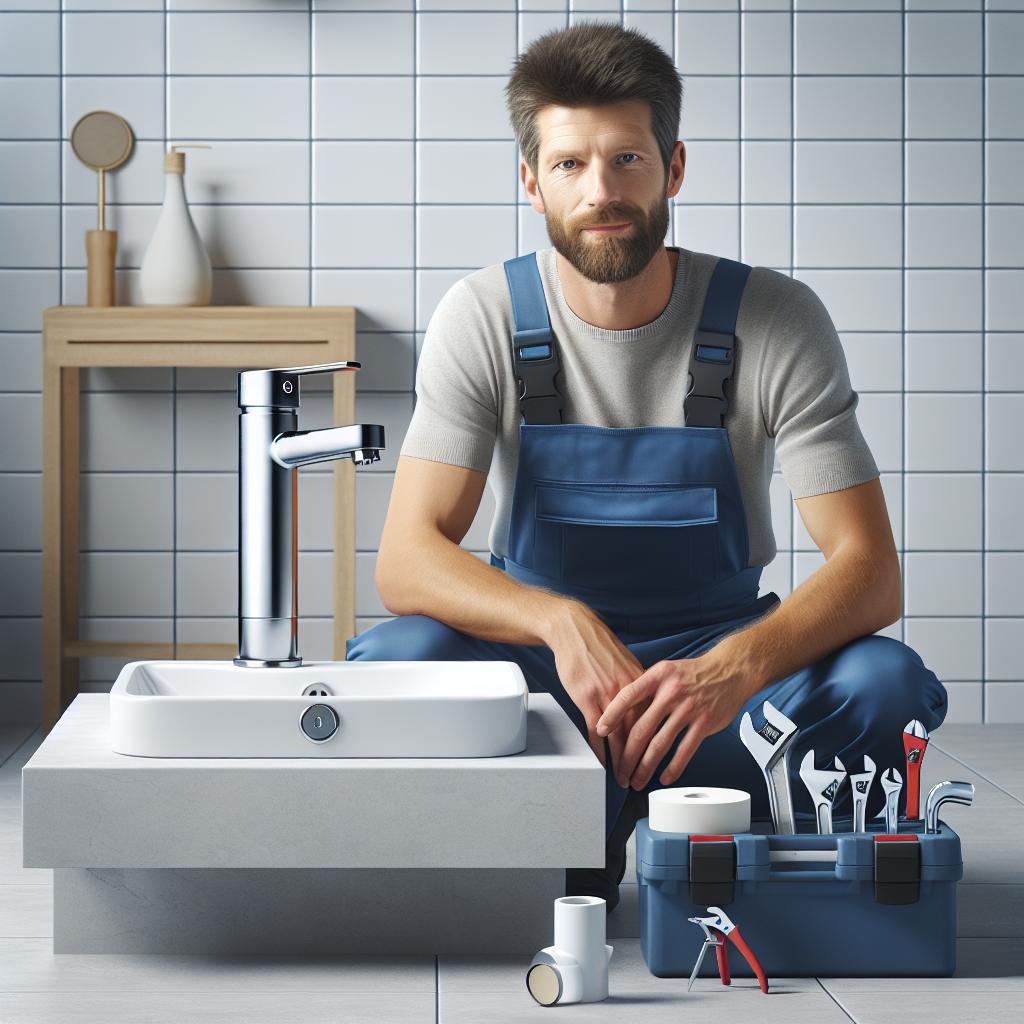The Plumbing Puzzle: 8 Innovative Solutions to Common Water Efficiency Issues in Your Home
Water efficiency is more than just a buzzword—it’s a necessity in today’s world. With increasing concerns over water scarcity and rising utility bills, finding innovative solutions to common plumbing issues can substantially impact both your household budget and the environment. In this article, we will delve into eight creative solutions that can help you tackle the most frequent water efficiency problems in your home.
1. Fixing Leaky Faucets
Leaky faucets can be a persistent annoyance and a significant source of water wastage. A single leaky faucet can waste thousands of gallons of water over time.
Solution: Faucet Aerators
Installing _faucet aerators_ is a practical and efficient solution. These devices mix air into the water flow, maintaining the pressure while reducing the overall water usage. Not only do they save water, but they can also help lower your water bill. You can simply unscrew the end of the faucet, screw in the aerator, and enjoy immediate water savings.
2. Inefficient Toilet Flush
Traditional toilets often use between 3 to 5 gallons of water per flush, which is can add up significantly over time, especially in larger households.
Solution: Dual-Flush Toilets
Consider upgrading to _dual-flush toilets_ that provide an option for a lighter flush, typically using only 1.6 gallons per flush for solid waste and 0.8 gallons for liquid waste. These toilets offer significant savings in water consumption without compromising on performance. If you’re not ready to replace your toilet, inexpensive retrofitting kits are available to modify existing models to mimic dual-flush functionality.
3. Overwatering in Landscaping
Many homeowners struggle with overwatering their lawns and gardens, leading to both water waste and plant health issues.
Solution: Smart Irrigation Systems
Investing in _smart irrigation systems_ can significantly optimize your outdoor water use. These systems utilize weather data and soil moisture levels to provide the right amount of water at the right time. Smart controllers can be programmed to adjust the watering schedule based on rainfall and seasonal changes. Pairing this with _drip irrigation_ can target specific plants, minimizing evaporation and runoff.
4. Long Showers and Bathtime Bingeing
Showers and baths can account for a large segment of household water usage, particularly with teenagers or multiple household members.
Solution: Water-Saving Showerheads
Installing _water-saving showerheads_ can dramatically reduce water consumption without sacrificing performance. These devices often feature flow restrictors or aerators to limit water flow while maintaining pressure. Opt for models that are certified by the EPA’s WaterSense program, which guarantees efficiency and effectiveness. Additionally, setting a timer or using a smart shower system can encourage shorter showers and promote water conservation.
5. Running Appliances Inefficiently
Running a dishwasher or washing machine with too little or too much water can lead to inefficiencies, wasting both water and electricity.
Solution: Load-Responsive Appliances
Modern _load-responsive appliances_ automatically adjust water usage based on the size of the load. Dishwashers equipped with sensors can determine the optimal amount of water required for washing dishes, while washing machines can adjust water input according to the weight of clothing. Investing in energy-efficient models can yield long-term savings on water and electricity bills.
6. Unused Water Heating Issues
Water heaters can waste significant amounts of energy when not in use, leading to both financial and environmental costs.
Solution: Instantaneous Water Heaters
Consider switching to _instantaneous or tankless water heaters_ that provide hot water on demand rather than storing it in a tank. These systems heat water only as needed, thus saving both water and energy. If tankless systems are not an option, you can also insulate your water tank to keep water hotter for longer, reducing the need for reheating.
7. Water Waste During Home Maintenance
Home maintenance tasks such as cleaning and pressure washing can lead to considerable water wastage if not managed properly.
Solution: Water-Saving Tools
Investing in _water-saving tools_ can make a significant difference in home maintenance. For example, using a broom instead of a hose to clean driveways or sidewalks can save gallons of water. When pressure washing, choose a unit with adjustable pressure settings to minimize water use while still achieving optimal results. Always opt for eco-friendly cleaning solutions that minimize environmental impact.
8. Old Plumbing Systems and Fixtures
Older plumbing systems and fixtures can contribute to significant water waste. Corroded pipes and outdated fixtures may not only leak but may also allow massive amounts of water to flow unimpeded throughout your home.
Solution: Regular Inspections and Upgrades
Conducting _regular plumbing inspections_ and replacing outdated fixtures can lead to a more water-efficient home. Consider upgrading to modern fixtures that meet current water efficiency standards. Items like _low-flow faucets_, _water-efficient appliances_, and redesigned plumbing systems can drastically reduce water consumption and prevent leaks that lead to waste.
Conclusion
In conclusion, enhancing water efficiency in your home doesn’t have to be a complex endeavor. By tackling common water efficiency issues with the innovative solutions discussed, you can significantly reduce water waste while promoting sustainability. From fixing leaks to upgrading appliances, every small step contributes to a larger goal of responsible water use. Embracing these changes not only helps your household budget but also plays a part in conserving a precious resource for future generations.
Remember, adopting these water-saving solutions requires a proactive mindset and a willingness to invest in the longevity of your home and the wellbeing of the planet. Be part of the solution by resolving your plumbing puzzles with these effective strategies today!
